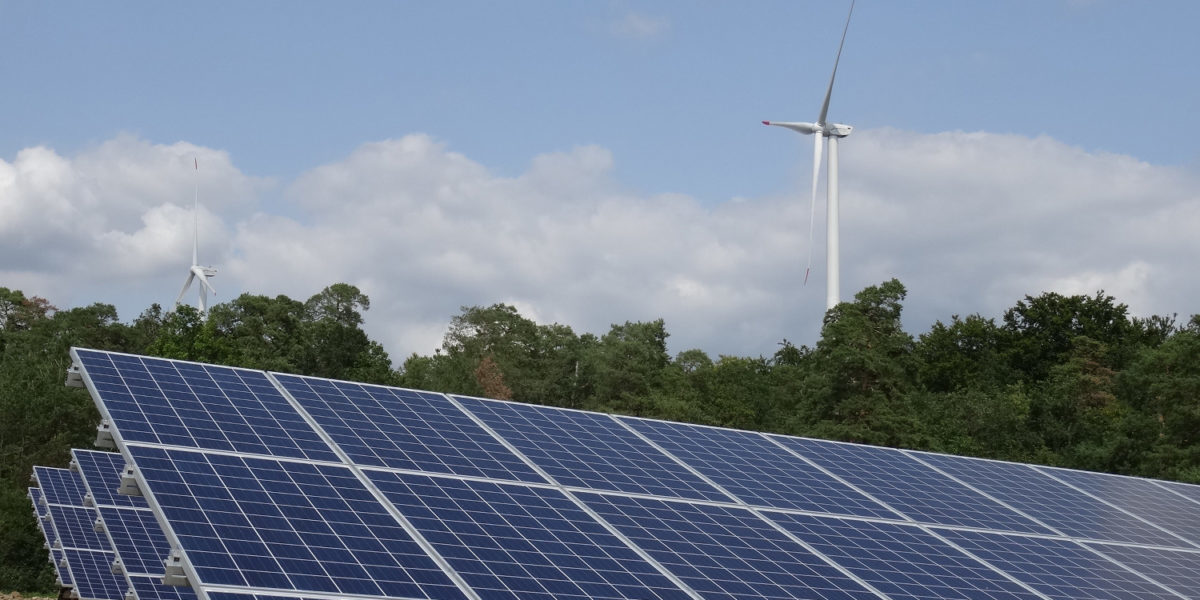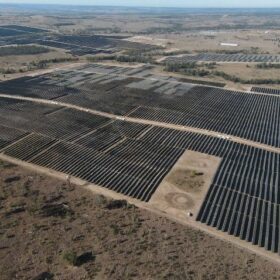The Clean Energy Finance Corporation (CEFC) is looking to increase focus on grid stability and large-scale storage on the back of a new record of investment commitments in the previous 12 months. The federal government’s green bank key priorities for FY20 and beyond will aim to take advantage of Australia’s robust renewable energy resources and to support the transition to a distributed energy model.
Looking back, the CEFC invested almost $1.5 billion across 30 projects with a total value of $6.3 billion in FY19. Of this amount, $1.3 billion was invested into the clean energy sector, an unprecedented amount since the bank began investing in 2012. In addition, a record $320 million in CEFC finance was repaid in one year for re-investment in new projects.
New commitments in FY19 included $940 million in renewable energy and $524 million across a broad range of energy efficiency and low emissions projects. Each dollar of the taxpayer-funded body’s finance committed in FY19 was matched by more than $3 from the private sector.
“Following strong progress in the development of the large-scale solar and wind sectors, our investments will also increasingly target new technologies where there is less appetite from mainstream investors – including pumped storage and large-scale batteries, behind-the-meter generation and grid solutions,” CEFC CEO Ian Learmonth said in a statement.
Another FY19 record came from investing in smaller-scale projects in co-finance partnerships, with $400 million allocated for some 5,800 projects valued from $10,000 to $5 million. Through the Clean Energy Innovation Fund, the CEFC also strengthened its position as Australia’s largest investor in the early stage cleantech sector, with total investment commitments of $69 million at 30 June 2019.
Overall commitments and new frontiers
As expected, the scale of new investment commitments in FY19 was lower than the record $2.3 billion achieved in the previous year, with 39 direct investments across the clean energy sector in renewable energy ($1.1 billion), energy efficiency ($939 million), transport ($100 million) and waste-related projects ($127 million).
“This reflects broader market conditions, including the build out of the Renewable Energy Target,” Learmonth said. “Grid and transmission constraints also contributed to a lower rate of new investments in large-scale renewables.”
With Australia forecast to have one of the most decentralised electricity systems in the world by 2050, the CEFC has a big task ahead to back new technologies and industries so they can benefit from the green bank’s finance as they gain commercial traction with private investors.
“We see a critical need for coordinated investment in generation, storage and transmission infrastructure as part of a stable and reliable grid,” Learmonth said. “In particular, pumped hydro and other forms of dispatchable renewable energy are under consideration and, from our perspective, can play a vital role in Australia’s sustainable transition to net zero emissions.”
According to the CEFC, large-scale wind and solar projects are increasingly standing on their own feet and showing maturity with the ability to tap a strong market for equity and debt. However, this market segment could still use support beyond the RET.
“The investor appetite for merchant risk remains constrained, placing a potential brake on continued market growth in the face of an ageing, constrained transmission network,” Learmonth adds. “Early progress in large-scale storage investments is welcome, but this market is also still evolving, with fully commercial models yet to develop. We also see an important role for CEFC finance in this exciting market.”
Since inception, the CEFC has played a role in driving $24 billion in commitments to new investments in clean energy projects, supporting significant growth in large-scale renewables in particular.
This content is protected by copyright and may not be reused. If you want to cooperate with us and would like to reuse some of our content, please contact: editors@pv-magazine.com.








By submitting this form you agree to pv magazine using your data for the purposes of publishing your comment.
Your personal data will only be disclosed or otherwise transmitted to third parties for the purposes of spam filtering or if this is necessary for technical maintenance of the website. Any other transfer to third parties will not take place unless this is justified on the basis of applicable data protection regulations or if pv magazine is legally obliged to do so.
You may revoke this consent at any time with effect for the future, in which case your personal data will be deleted immediately. Otherwise, your data will be deleted if pv magazine has processed your request or the purpose of data storage is fulfilled.
Further information on data privacy can be found in our Data Protection Policy.